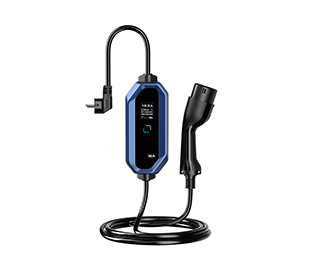
OEM/ODM PROCESSING ONE-STOP SERVICE
More than 20 years of focus on business of 3C digital accessories and
electronic products with R&D,design,manufacturing and sales in one
CONSULTATION HOTLINE:
0769-82252888

OEM/ODM PROCESSING ONE-STOP SERVICE
More than 20 years of focus on business of 3C digital accessories and
electronic products with R&D,design,manufacturing and sales in one
CONSULTATION HOTLINE:
0769-82252888
How is surface roughness controlled in CNC precision machining?
Publish Date: 2024-11-26 15:36:12click:0
In CNC precision machining, the methods of controlling surface roughness mainly include the following aspects:
Process parameter control:
Cutting speed, feed rate, depth of cut and other process parameters have a direct impact on surface roughness. Reasonable adjustment of these parameters can control the machining quality, for example, increase the tool feed rate can improve the machining efficiency, but may also lead to increased surface roughness. Therefore, it is necessary to optimize the process parameters according to the specific situation for machining.
Tool selection and maintenance:
Selecting the right tool is important for ensuring machining quality. The material and shape of the tool need to be adapted to different machining materials and shape requirements. At the same time, regular inspection and maintenance of tool wear, timely replacement of damaged tools to ensure the stability and accuracy of machining.

Operation monitoring and feedback control:
CNC machine tools have an automated control system that can monitor the machining status in real time and provide feedback control based on the monitoring results. Through online monitoring of workpiece surface roughness, dimensional deviation and other parameters, machining quality problems can be found in a timely manner, and take appropriate measures to adjust.
Tool cooling and lubrication:
In the CNC machining process, the use of appropriate cooling lubricants can effectively reduce the cutting temperature, extend the tool, while improving the machining surface quality. Cooling lubricants can reduce thermal deformation and cutting lubrication, making the machined surface smoother.
Chip Management:
Chip and BUE management is key to improving surface finish. Always clean the edges of chips or buildup and prevent them from contacting the workpiece to avoid surface roughness and unevenness.
Surface Preparation:
For different surface quality requirements, it may be necessary to carry out surface treatments, such as deburring and polishing, on the machined parts to achieve the desired finish and flatness.
During the machining process, the parts are regularly, such as using measuring instruments to check the dimensional and form tolerances, as well as using microscopes to observe the surface roughness. Through the results, problems can be detected in time, and the processing parameters can be adjusted or the processing can be modified to ensure the quality of the parts